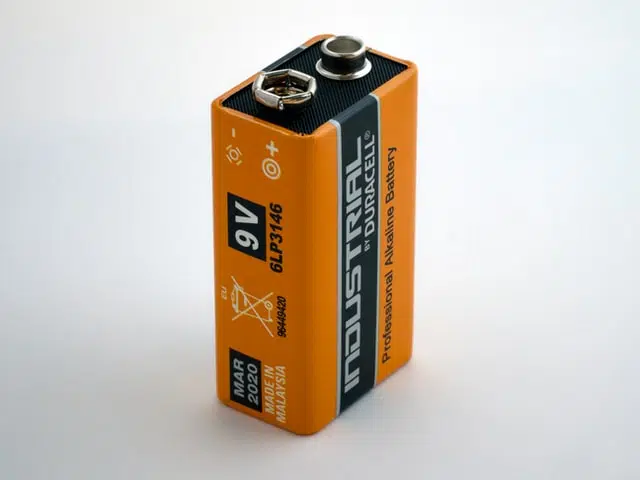
A large industrial electromagnet in a landfill
An electromagnet is an artificial magnet that has an iron core with a coil around it, with an electric current passing through said coil. The iron in the electromagnet is soft iron : that is, without impurities.
The magnetic field
The magnetic field , in this case, is generated through the flow of current . If the current is interrupted, the magnetic field of the electromagnet disappears.
Unlike what happens with permanent magnets, in electromagnets it is possible to modify the magnetic field quickly by acting on the electric current. It is important to keep in mind that field maintenance requires the constant use of a power source.
The Danish Hans Christian Ørsted is credited with discovering the physical link that exists between electricity and magnetism : that is, between electric currents and magnetic fields . The Englishman William Sturgeon , meanwhile, was the one who created the first electromagnet in the mid- 1920s .
Operation and applications
The operation of an electromagnet is based on the magnetic domains found in the iron core. These domains behave like small magnets that, without the incidence of electric current, are distributed in different directions and cancel each other out. Upon receiving the current, the magnetic domains align and the magnetic field arises.
Electromagnets are used in multiple contexts where it is necessary to have a variable electromagnetic field. There are cranes; automobile clutches and brakes; switches; and motors that use electromagnets. Magnetic levitation trains , for their part, also use electromagnets to levitate. As can be seen, not all electromagnets have the same attraction capacity in terms of maximum weight; A homemade one, for example, will only be able to hold light objects.
Electromagnet in a few steps
Despite what it may seem when reading a very technical definition, building an electromagnet is something that we can all do at home using easily available elements. The materials we need are the following: a static battery; a copper cable of an extension that is not below one meter; an iron screw more than 10 centimeters long; adhesive tape.
To assemble the electromagnet we must begin by carefully wrapping the cable around the screw, so that each turn is next to the previous one, as if we were reproducing the shape of old telephone cables, but with greater density . Furthermore, we must do it with the greatest possible tension. It is important to leave a free section at both the beginning and the end, as well as an initial and final margin of at least 1 centimeter on the screw .

An ideal battery to make a homemade electromagnet
Once this step is finished, we must adjust the cable to the screw using adhesive tape to prevent it from coming loose. It is not necessary to cover everything, just the beginning and the end. Finally, we attach each end of the cable to one pole of the battery , for which we can bend it in small circles. And, voila, we now have an electromagnet, whose operation we can test by bringing it closer to any small metal object within our reach, which will inevitably be attracted .
As a curious fact, we can mention that if we disconnect one end of the battery and bring the same object closer, the attraction will last a short time, because the magnetic force of the electromagnet fades when the flow of electric current is interrupted. Due to the so-called Joule effect , according to which a portion of the energy that circulates through the cable is transformed into heat, little by little we will notice that its temperature increases; For this reason, it is recommended to disconnect it when it reaches a level that is too high.
